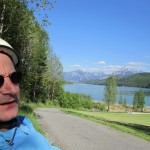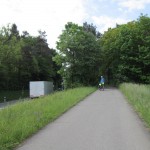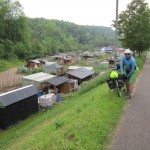Kiwi bicycle tourism
We have toured the South Island by car many years ago but after recent NZ marketing we decided to tour the South Island by bicycle.
Basically, touring cyclists require an environment where you can cycle anywhere safely and where accommodation is readily available. NZ fails dismally as a cycle destination.
In Europe a lot of the routes have separate roads for cyclists.
In NZ none of this exists (of course). The next option would be to have shoulders on the roads. Most roads in NZ do not have road shoulder. The situation in NZ is much more dangerous than no shoulders. Perversely the dangerous roads with little visibility have no shoulders and the straight roads have shoulders.
This sets a dangerous precedence as motorists may be conditioned into thinking that their behaviour to cyclists can assume shoulders, exactly in scenarios where it should not.
The majority of drivers are well behaved towards cyclists. Unfortunately, some trucks think they own the roads (might is right), and demonstrate this by driving past you as close as possible.
Cycle road planning in NZ is hilarious. There are some goat tracks that have been created, or have been rebranded as cycle tracks. So the local tourist office may typically advertise paid pickups and transfer of luggage. This may be good for the occasional family outing on mountain bikes, but if you attempt this on a typical haul of 80 km between accommodation possibilities, you will be midway, repairing your bicycle when it gets dark.
It seems like the NZ bicycling strategy has been planned by a 10 year old. Sorry, I have to apologise. A 10 year old would do much better.
I would advise cycle tourists to avoid New Zealand.


